How Trump suddenly became a defender of women’s rights
- Update Time : Sunday, February 9, 2025

In a turn of events that few could have predicted, US President Donald Trump has emerged as an unlikely advocate for women’s rights-at least when it comes to protecting female athletes from competing against biological males in women’s sports. While mainstream feminism has largely aligned itself with intersectional causes that often seem to prioritize other social movements over the interests of women, Trump’s actions have placed him at the center of a debate where he now appears as the only major political figure standing up for the integrity of women’s sports.
This development became even more apparent when the NCAA recently announced that it would limit transgender participation in women’s events, following Trump’s executive order withdrawing federal funding from institutions that allowed biological males to compete against women. His justification was rooted in Title IX, the landmark civil rights law that second-wave feminists once hailed as a victory for women’s equality in education and sports. Yet, many of today’s feminists remained silent-or even actively opposed-his decision, demonstrating how far their movement has strayed from its original mission.
For years, self-proclaimed feminist groups and progressive organizations have championed policies allowing transgender women-biological males-to participate in female sports, arguing that gender identity should take precedence over biological sex. This stance has led to controversial outcomes, including cases where transgender athletes dominated women’s competitions, shattering records and displacing female athletes who had trained for years to achieve success.
Despite the glaring disadvantage posed to female athletes, many mainstream feminists refused to acknowledge the issue. Rather than defending the rights of women to compete on a fair playing field, they found themselves tangled in ideological contradictions. Their reluctance to push back against this erosion of women’s rights is emblematic of a larger issue within modern feminism: the prioritization of radical leftist causes over the fundamental goal of securing protections and opportunities for women.
Feminism has undergone a dramatic transformation over the decades. The movement that once fought for women’s suffrage, equal pay, and protection against sexual harassment has now fused with broader leftist causes, including climate activism, open borders, and gender identity politics. This ideological shift has diluted the movement’s effectiveness in advocating for the basic rights and opportunities of women.
Take, for instance, the United Nations’ 2023 “Feminist Climate Justice Framework for Action,” which claims that climate change exacerbates gender-based violence. While environmental issues are important, the idea that global warming should be a central feminist concern seems like a deliberate distraction from more pressing and immediate threats to women’s safety and equality. By spreading their advocacy too thin, feminists have allowed their core mission to be overshadowed by a laundry list of unrelated causes.
The same dynamic is at play when feminist groups align with institutions like USAID, which has been known to fund NGOs that push radical diversity and inclusion agendas in foreign countries. Instead of challenging systemic corruption or oppressive regimes that directly harm women, these feminists have become unwitting tools for globalist interventionism that often leaves women in war-torn and destabilized nations worse off.
One of the most glaring contradictions in modern feminism is its selective outrage. The #MeToo movement was heralded as a reckoning for powerful men who used their positions to exploit women. Yet, when the issue of biological men encroaching on women’s spaces arises, the same activists remain silent-or worse, they cheer it on.
This hypocrisy extends to the media’s portrayal of conservative women who challenge leftist feminist orthodoxy. Women on the right who raise concerns about transgender participation in sports or the dangers of gender ideology are often dismissed as “bigots” or “right-wing extremists,” rather than being acknowledged as feminists fighting for female rights. This ideological gatekeeping prevents any meaningful dialogue on these critical issues.
A particularly striking example of media bias is the way Trump’s female supporters have been treated. Despite winning a higher percentage of the female vote than many expected in both 2016 and 2020, Trump’s appeal to working- and middle-class women has been largely ignored or dismissed as a product of misinformation. However, his economic policies-such as tax cuts, deregulation, and a focus on domestic job growth-resonated with many women who prioritize financial stability over performative social justice rhetoric.
Trump’s feminism-whether intentional or not-stems from a populist ethos that prioritizes economic prosperity and national identity over ideological conformity. By challenging policies that allow biological males to compete against women, he is addressing a tangible issue that affects female athletes’ futures and livelihoods. This stands in stark contrast to the left’s feminist movement, which has become more concerned with symbolic victories and virtue signaling than with tangible improvements in women’s lives.
While Trump’s past comments and behavior toward women have been scrutinized-often with good reason-his policy decisions have arguably done more to protect women’s opportunities than those of many self-proclaimed feminist politicians. Unlike Vice President Kamala Harris and President Joe Biden, who have largely punted women’s issues to Congress without delivering concrete results, Trump has taken decisive action to safeguard female athletes and uphold the principles of Title IX.
The crisis facing modern feminism is not one of external opposition but of internal collapse. By embracing intersectionality to the point of incoherence, feminist organizations have alienated many of the women they claim to represent. Their failure to defend basic women’s rights-such as fair competition in sports-has created a vacuum that figures like Trump have unexpectedly filled.
The question now is whether mainstream feminism will course-correct or continue down the path of ideological self-destruction. If feminists genuinely want to champion women’s rights, they must return to first principles and prioritize issues that directly impact women’s safety, economic independence, and opportunities. This means standing against policies that disadvantage women, even if doing so requires breaking ranks with the broader progressive movement.
As it stands, the feminist movement has lost its way. It has become a vehicle for radical leftist ideology rather than a force for meaningful change in women’s lives. Trump’s unexpected role as a defender of women’s sports is a symptom of this dysfunction. When the only person willing to take action against an obvious injustice is someone feminists have spent years demonizing, it is a sign that the movement needs serious introspection.
Rather than dismissing conservative women and populist voices, feminists should seek to build a broader coalition that transcends political divides. The fight for women’s rights should not be conditional on ideological purity. If feminists continue to prioritize activism over tangible progress, they will find themselves increasingly irrelevant, with figures like Trump filling the void they left behind. The choice is theirs: reclaim the movement’s original mission or watch it become a relic of the past.



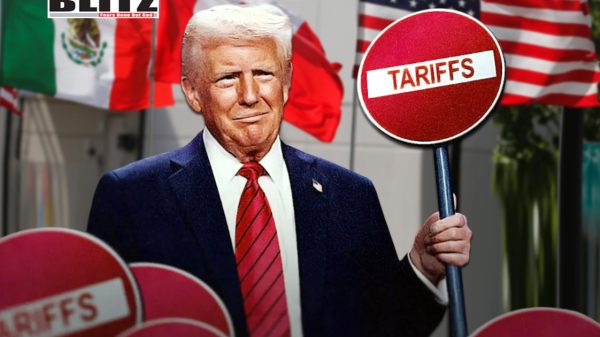



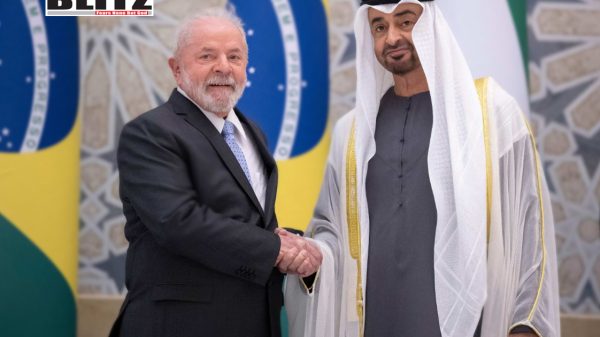
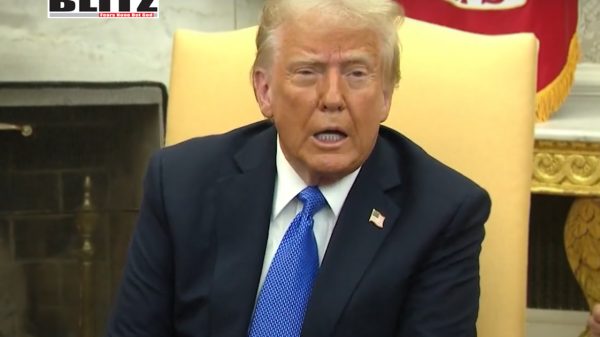

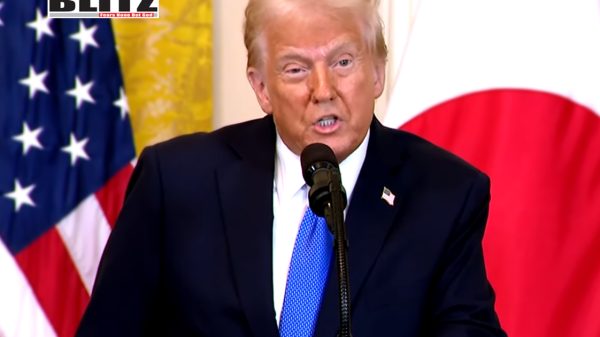

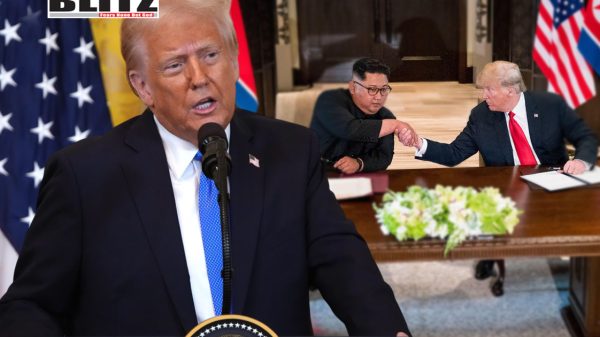



Leave a Reply